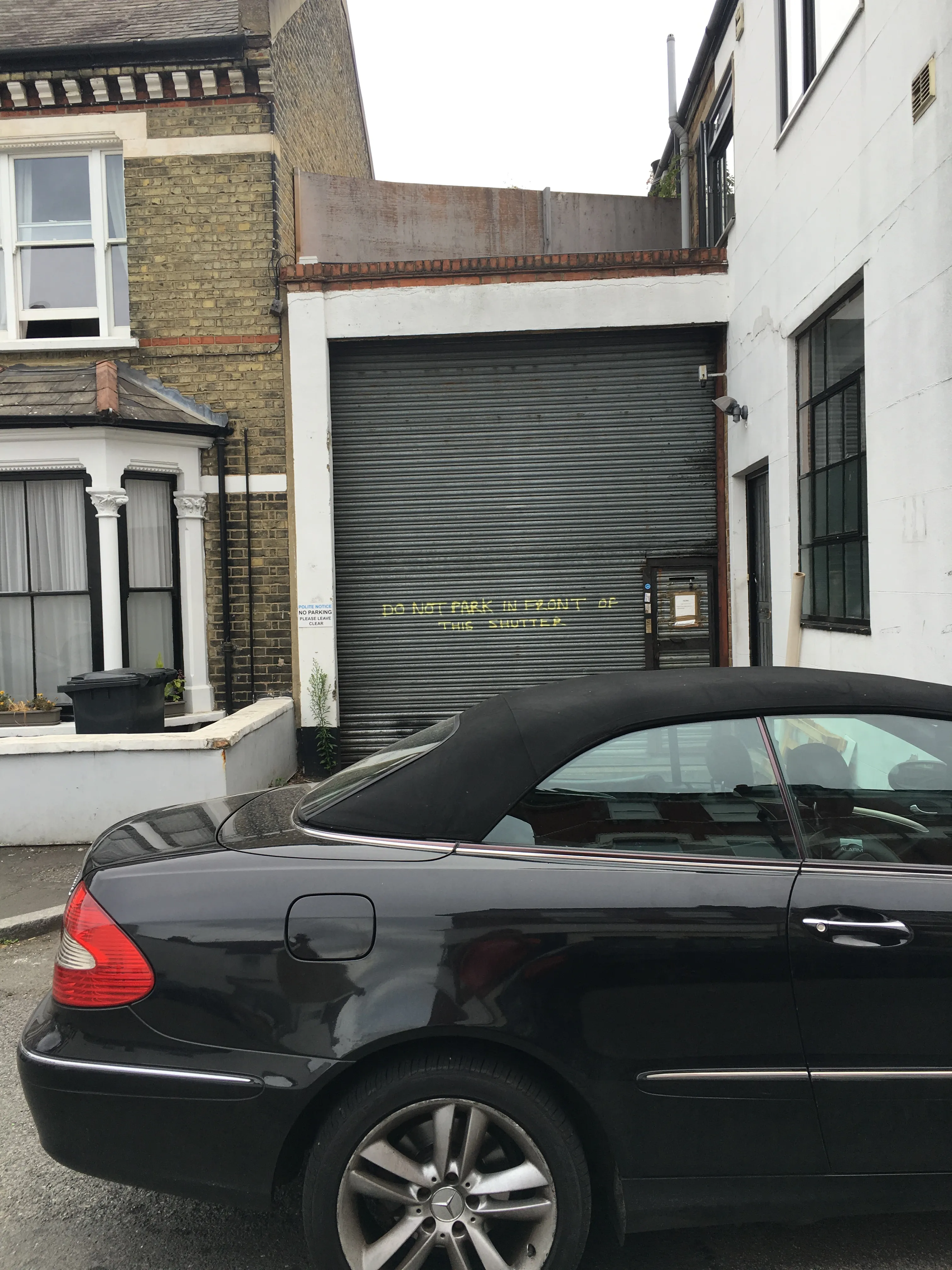Just how dangerous is it for a cyclist to draft a fast moving vehicle? Probably very dangerous but that means only some cyclists will attempt it, as these videos shows.
At the start of this video from Brazil, the cyclist on the right appears to attach his Go Pro camera to the rear of the truck that they are drafting. It is not until about 3:55 seconds into the video that the speed picks up and reaches reportedly 124kph. Near the end of the video, the one cyclist left appears to take back the camera off t
January 18, 2016
Read time: 2 mins
Just how dangerous is it for a cyclist to draft a fast moving vehicle? Probably very dangerous but that means only some cyclists will attempt it, as these videos shows.
At the start of this video from Brazil, the cyclist on the right appears to attach his Go Pro camera to the rear of the truck that they are drafting. It is not until about 3:55 seconds into the video that the speed picks up and reaches reportedly 124kph. Near the end of the video, the one cyclist left appears to take back the camera off the back of the truck.
Also in this video, the lone cyclist left drafting has to do what is called a bunny hop – jump up with the bike to miss an object. In this case he is trying to miss the cat’s eyes that separate the lanes, a doing it at around 100kph.
You would have thought that he would have at least worn a helmet.
But then neither did this commuter in Barcelona, even though he was doing around 80kph behind a bus, according to media %$Linker:2 External <?xml version="1.0" encoding="utf-16"?><dictionary /> 0 0 0 oLinkExternal reports visit the media report page false http://www.dailymail.co.uk/news/article-3398199/Daring-cyclist-filmed-riding-just-INCHES-bus-50mph-incredibly-stupid-bid-capitalise-vehicle-s-slipstream.html false false %>. He was caught on camera sailing through one of the tunnels that are part of the B-10, also known as Ronda Litoral, a 20km coastal ring road around the southern Spanish port.
At the start of this video from Brazil, the cyclist on the right appears to attach his Go Pro camera to the rear of the truck that they are drafting. It is not until about 3:55 seconds into the video that the speed picks up and reaches reportedly 124kph. Near the end of the video, the one cyclist left appears to take back the camera off the back of the truck.
Also in this video, the lone cyclist left drafting has to do what is called a bunny hop – jump up with the bike to miss an object. In this case he is trying to miss the cat’s eyes that separate the lanes, a doing it at around 100kph.
You would have thought that he would have at least worn a helmet.
But then neither did this commuter in Barcelona, even though he was doing around 80kph behind a bus, according to media %$Linker:








